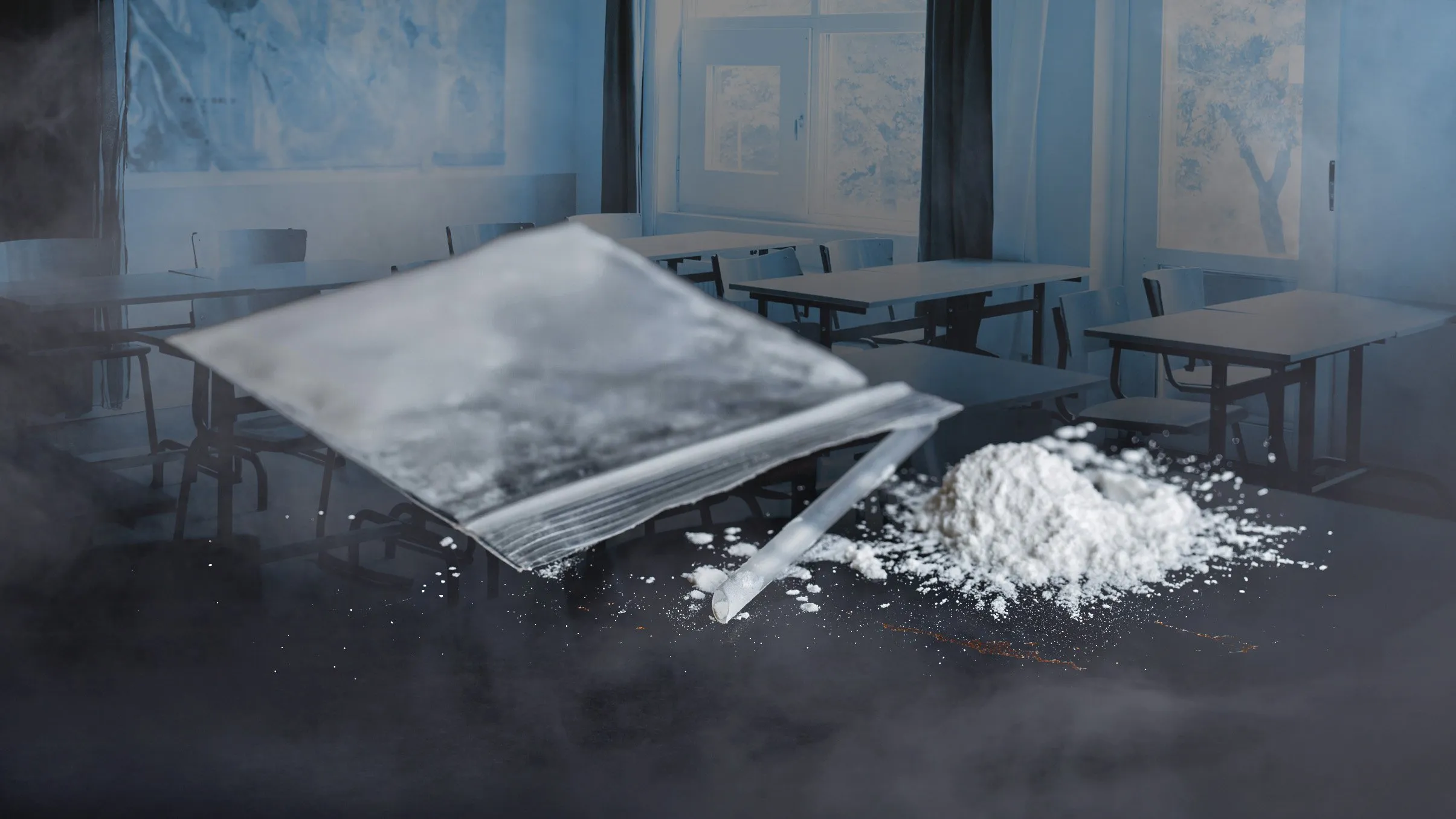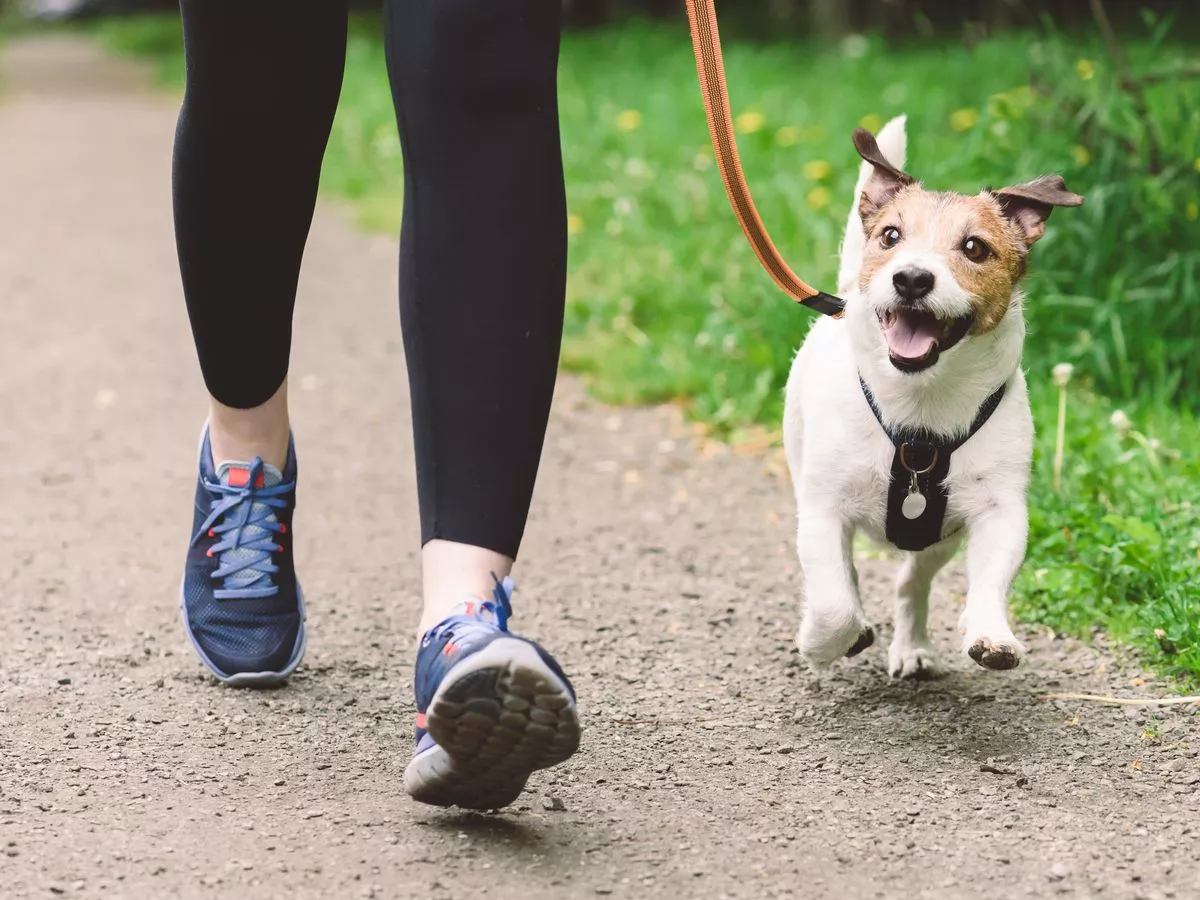Copyright metro

‘It is a quick cheap fix. Kids can do it in a lunch break at school and then potentially go back to a lesson,’ says one expert (Picture: Metro/Getty) ‘Instead of going behind the bike sheds for a cigarette, kids are going behind the bike sheds for a ketamine hit.’ As far as warnings go, this from a psychologist who supports young addicts, is a pretty powerful one. What makes Dr Lisa Ogilvie’s concerns all the more shocking is that a growing number of youngsters hooked on ket – a dissociative and anaesthetic drug commonly known as horse tranquiliser, which costs around £10 to £20 per gram – are still in school. Working at the addiction and rehab charity Acorn in the North West of England, Dr Oligivie has helped to set up a ketamine support group. Explaining the allure of the drug among young people, she tells Metro: ‘It is a quick cheap fix. Kids can do it in a lunch break at school and then potentially go back to a lesson, and the teacher won’t be aware that they’ve just gone and taken a class B drug.’ Dr Olgivie’s work means she’s seen people struggling with addictions to all sorts of drugs, as well as alcohol – but she says that there’s one key difference with ket addicts. ‘The average age to seek support for alcohol addiction or cocaine addiction is mid-40s. For ketamine, it’s 25 or younger,’ she explains. ‘While they have to get to 18 to come to us, some of our clients tell us the situation has evolved since they were actually of school age.’ But where has this ket explosion come from – and how are children getting their hands on it? ‘Every kid has a smartphone’ Kerrie Lang, a service manager at Acorn, believes ketamine dealers are being ‘quite creative and clever’ to entice children into using it. ‘Children are getting involved in something that they don’t understand the consequences of,’ says support worker Kerrie (Picture: Getty Images/iStockphoto) ‘Generations ago, you had to know somebody and go somewhere to score. Now it’s a click of a button. Everyone’s got a phone and on social media. ‘Dealers make it so quick and easily accessible. You could go on an app now, pick a nice, fancy name and some top-rated dealer, it’d be outside in literally 10 minutes.’ Dr Olgivie explains that children may use their pocket money or lunch money to pay for the drug, while some have access to it through family, for example older siblings. She adds that others might sell ketamine to their peers to raise money for their habit. One client described it to Dr Olgivie as mini supply chains where younger kids acquire ketamine from older children. Kerrie says that Acorn usually expect drug use in young people to occur around the age of 18 and early-20s, when people are going to clubs and festivals. ‘So to see something so damaging within schools… Because of a lack of education, children are getting involved in something that they just don’t understand the consequences of. ‘I’m in my 50s it was cool to smoke when I was 15. These days, ketamine is what people are trying but there isn’t any understanding ofhow it could potentially impact the rest of your life.’ A 19-year-old in nappies Dr Lisa Olgivie (L) and Professor Rachel Isba both support young people who have been impacted by ketamine addiction (Picture: Supplied) Professor Rachel Isba agrees. Alongside paediatric urologist Dr Harriet Corbett, she set up the UK’s first ever ‘ketamine bladder’ clinic at Alder Hey Children’s Hospital, to help deal with one of the shocking side effects of ket use. ‘For something you’re doing within a relatively short time, it can have a catastrophic impact on your bladder,’ she explains. ‘If you’re 14, seeing a 19-year-old in nappies for the rest of their lives is quite striking. There are not many things that impact you in adolescence in quite such a profound way.’ When the clinic launched in May, demand was so high the pair ended up running it all day. Although it’s scheduled to run every other month, it has also been known to open if a young person needs help sooner. ‘Some of these children can’t wait two months, because they’re often in quite a lot of pain,’ explains Professor Isba. ‘They might be going to the loo every 20 minutes, which is not really compatible with any sort of quality of life or attending school.’ There’s been a significant rise in young people with ketamine related bladder issues (Picture: Getty) She decided to create the clinic with Dr Corbett within the Liverpool hospital, after they noted a rise in referrals for under-16s with ketamine-induced bladder issues, which had leapt from one per year in 2023 and 2024, to one per week in 2025. ‘This is not a Cheshire and Merseyside NHS Trust unique thing – we’re just ahead of the game,’ she adds. ‘There are going to be loads of other kids out there already with bladder symptoms, but people don’t know that’s what it is.’ What is ketamine-induced uropathy? Initially, ketamine users might not feel any side effects of the drug for months or even years. But when they do start to kick in, it begins with cramps, pain in the bladder and blood in the urine as the drug damages and eventually destroys the bladder’s lining. This destruction exposes nerve endings to urine, causing inflammation and pain, and eventually the bladder lining is passed in the urine, leading to patients thinking they’re ‘peeing jelly’. As ketamine use continues, the bladder pain continues to get worse, until eventually normal painkillers have little effect and only ketamine helps to relieve it – keeping users in a cycle of addiction. In the worst cases, patients can end up with kidney failure, incontinence, or even having their bladder removed and being forced to use a urostomy bag. Former ket user Finley Worthington runs Ketamine Education Services (KES), a support group which recently became a CIC. He hosts talks about the drug in schools, and has met children who started using ket in primary school. At the beginning of his sessions, he asks questions about the drug to gauge the kids’ knowledge base. He remembers one child who knew all the answers: ‘A 13-year-old lad who was sniffing three-and-a-half grams a day’. Now 26 and clean, Finn tells Metro that he first started using ketamine as a teenager. Finn started using ketamine as a child and ended up in debt with debilatating bladder issues (Picture: Supplied) ‘I absolutely hated it to start with. The complete disassociation from reality was quite scary, but soon it gave me the escape that I craved so much,’ he explains. ‘I wasn’t thinking about anxiety, money problems, a career that I didn’t like… It took all that away.’ However, after just a short period of time, Finn started to suffer from stomach cramps and at the he peak of his addiction, his weight had plummeted to just eight stone. By the time he was 19, the ketamine had turned him into a recluse, lying in bed all day and seeing no one except his dealer for weeks at a time, while getting into debt to fund his addiction. ‘I was using credit cards, loans, anything. Then I got letters from bailiffs and threats,’ he recalls. ‘So I had a whole new layer of problems.’ There was also the impact to Finn’s health, as his addiction caused serious damage to his bladder which left him with debilitating stomach pain and saw him pass blood and even the lining of his bladder. ‘I remember sitting one day and just thinking, how have I ended up here? Ket just grabbed me and absolutely floored me. It ruined every aspect of my life,’ he adds. 25-year old, Oliver Westhall had his bladder removed just weeks ago after getting hooked on ket as a young teenager. Now 500 days clean, he used to take up to 28 grams of the drug a day and believes his addiction has cost him more than £300,000. @metrouk At his peak, Oliver was using 28g a day… He’s just hit 500 days sober, but is dealing with irreversible effects of his addiction. @oliver.westall had his bladder removed three weeks ago, and now he’s documenting his recovery journey on Tiktok to help others. 🎥 @zofia_louise #sobertok #sobriety #addiction #addictionrecovery #rehab ♬ original sound – Metro – Metro Oliver told Metro that even when he was forced to wear incontinence pads,that it didn’t stop him from using ketamine, admitting that they actually gave him ‘a bit more freedom to go out and do normal things’. He added that he only realised ‘how bad ketamine was’ as he could only ‘just about walk up and down the road without being in agony’. A lack of help For those aged over 18, there are rehab and detox options both private and through the NHS, however there are few private clinics willing to take 16-17-year-olds and nothing on offer for those under 16, says Professor Isba. ‘A colleague found a detox placement for an under-16 in the Netherlands – that was the closest they could find,’ she says. ‘If you’re a 13-year-old who uses ketamine and wants to stop, and goes to a drug and alcohol service, you might be sitting in a waiting room full of 40-year-old men who have alcohol or opioid use disorder. That’s just not appropriate – we would not expect a child with cancer to sit in a waiting room next to a 40-year-old man.’ While the Alder Hey ‘ketamine bladder’ clinic is able to treat and support children with ketamine-induced uropathy, it cannot help them get clean and Professor Isba fears that without speedy nationwide intervention, children will die from health problems caused by their ketamine addiction. Professor Isba also warns that after someone has their bladder removed, their risk of dying by suicide increases (Picture: Getty Images) Recent analysis from King’s College London found ket deaths had increased tenfold in a decade, from 15 deaths in 2014 to 197 in 2024. Horrifyingly, Professor Isba also warns that after someone has their bladder removed, their risk of dying by suicide increases. ‘It genuinely keeps me awake at night,’ she admits. ‘Every time I think about the lack of facilities for kids that want to stop using ketamine, it fills me with dread.’ Hope for the future? Thanks to a small number of support groups like Acorn and KES, young people in ket recovery are learning there is light at the end of the tunnel. ‘There’s a lot of things they share in these groups that only people with lived experience of this would know,’ explains Dr Olgivie. ‘They give each other tips and life hacks on how to deal with the consequences they’re experiencing. A lot of people have come in with the same problems. ‘Their incontinence at night has improved, or instead of needing the toilet every 10-20 minutes, that might extend to every hour – they see these incremental improvements and share them with one another.’ Finley is undergoing regular treatment which involves a liquid being pumped into his bladder via a catheter to repair its damaged lining. He still has to go to the toilet more often than usual – waking up two or three times per night – but the cramps have significantly reduced. The stigma surrounding ketamine use needs to be lifted, say experts (Picture: Getty Images) ‘The process itself is really, really painful and degrading, but the results are amazing. I can kind of live a normal life now,’ he says. ‘As hard as it was, it got me to where I am today, and I’m quite grateful that we’re able to help people on a daily basis.’ Meanwhile, Kerrie believes that if more health and substance misuse workers are better educated about the impacts of ketamine, they can offer improved support. She tells Metro: ‘It isn’t that we’re doing some particular, fantastic programme. We just listen to what people are telling us. We look after the practical side. ‘I think the way that the ketamine epidemic is going, there needs to be more readily available groups like this everywhere.’ ‘Our GPs need to be more educated around ketamine, as I think there’s a massive stigma within health professionals around addiction,’ adds Finn. ‘I’m trying to reassure young people and say others care and are trying to make your experience better – however, we’re not quite there yet.’ A Department for Health and Social Care spokesperson told Metro: ‘No child should be accessing or taking illicit drugs. ‘We are driving down the use of drugs like ketamine, ensuring more people receive timely treatment and support, and launching a national ketamine awareness campaign targeting young people through schools and social media. ‘We’re also working with medical professionals to improve treatment options and ensure every school teaches pupils about drug risks. ‘This government is committed to tackling drug abuse and remains on high alert to emerging threats.’ Get in touch with our news team by emailing us at webnews@metro.co.uk. For more stories like this, check our news page.



